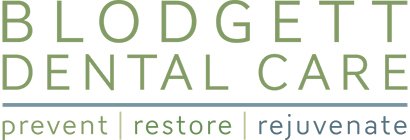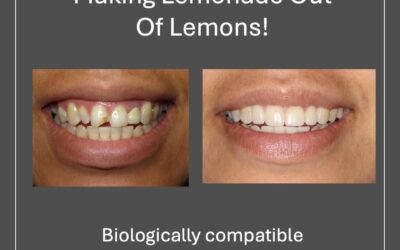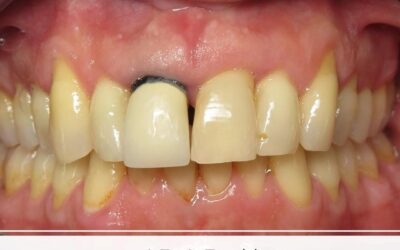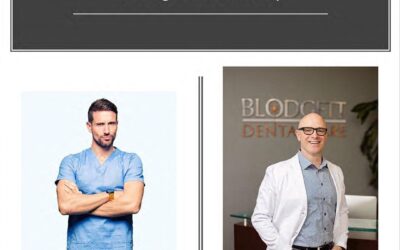Is Your Toothpaste Bad for You?
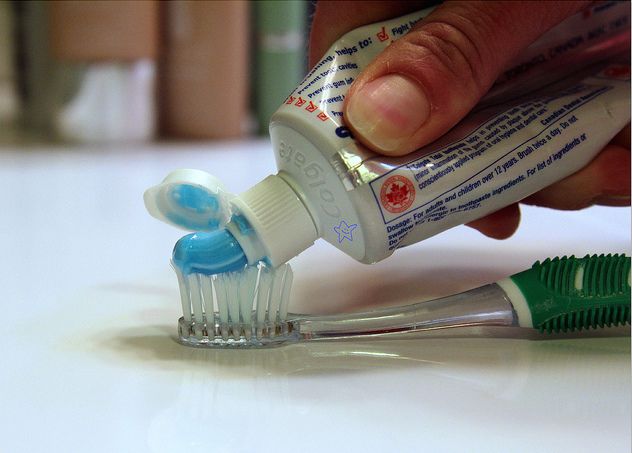
You use toothpaste every day…but should you be worried about its bright dyes and unnatural ingredients?
If you’ve tried to read the back of the box, you know it’s confusing (unless you’re a chemist). But you can’t just stop using toothpaste — it’s a crucial part of dental care.mo
Don’t worry! In this post, I’ll help you identify the most common ingredients in toothpaste and whether you and your family should avoid them.
I’ll go into detail below, but if you only have a minute, here’s the short version: Definitely avoid toothpaste that contains triclosan, as it likely affects fertility and increases cancer risk. You might also want to steer clear of sodium lauryl sulfate (SLS), parabens, and artificial dyes.
You can also check out this great app from the Environmental Working Group. It will tell you how dangerous your toothpaste is on a scale of 1-10.
Now let’s go deeper. Here’s what’s probably in your toothpaste:
Water
Most toothpaste is at least 20% water. No problems there!
Abrasives
Calcium carbonate, dehydrated silica gels, hydrated aluminum oxides, magnesium carbonate, phosphate salts, silicates
What they do: Remove plaque and stains
Should you avoid them? No. Almost all toothpastes contain a mild abrasive. If you have healthy teeth, the amount in most ADA-accepted toothpastes is safe. If you think you may have tooth enamel erosion, talk to your dentist about gentler options.
Fluoride
Sodium fluoride, stannous fluoride, monofluorophosphate
What it does: Strengthens tooth enamel and makes teeth less likely to decay by becoming more acid resistant.
Should you avoid it? Not necessarily, but your young children should. You should be fine if you use your toothpaste as directed. (All ADA-accepted toothpastes contain some amount of fluoride.) In the right doses, fluoride has been shown to prevent tooth decay.
Fluoride is a naturally-occurring mineral, but very high doses can actually lead to tooth enamel defects. Don’t use fluoride for children less than 2, and use very little for children 8 and younger.
Foaming Agents
Sodium lauryl sulfate (SLS)
What they do: Create a “lather” effect
Should you avoid them? Maybe. Most people don’t experience problems with the level of SLS in most toothpastes, but in some cases, it causes skin irritation and even canker sores. And Canada classifies it as “expected to be toxic or harmful.” You can find SLS-free toothpaste from brands like Tom’s of Maine.

Antibacterial Agents
Triclosan
What they do: Kill bacteria that are related to gum disease and tooth decay
Should you avoid them? Probably. The jury is still out on the potential dangers of triclosan. The chemical seems to reduce fertility and increase the risk of cancer in animals, but the FDA has yet to issue an official ruling on its safety for humans. Manufacturers like Crest now offer triclosan-free toothpaste.
Humectants
Glycerin, sorbitol, xylitol
What they do: Help toothpaste retain water and stop it from drying out
Should you avoid them? No. Xylitol in particular is considered a safe option.
Thickeners
Carrageenan, cellulose gum, guar gum and xanthan gum
What they do: Create a thick consistency
Should you avoid them? No. Most people experience no side effects from these ingredients.
Source: Gabriel Rocha
Preservatives
Sodium benzoate, methyl paraben, ethyl paraben
What they do: Stop microorganisms from growing in toothpaste
Should you avoid them? Probably. Some people avoid parabens due to concerns that they could put women at a higher risk for breast cancer. As of now, the FDA has found no reason for concern, but the Environmental Working Group reports that there is “strong evidence” parabens disrupt the endocrine system. Your safest bet: avoid them.
Sweetening and Flavoring Agents
Saccharin, stevia, xylitol, peppermint
What they do: Mask the unpleasant taste of other ingredients
Should you avoid them? No. The common ingredients listed above are generally safe.
Coloring Agent
Artificial dyes
What they do: Turn toothpaste bright colors

Should you avoid them? Probably. The safety of artificial dyes in food and other products is still a subject of debate. If you want to avoid them, look for plain white toothpaste.
The FDA and the ADA are important resources in the search for safe, healthy toothpaste. But the truth is, we still don’t know the long-term effects of many of toothpaste’s most common ingredients. If you don’t feel comfortable putting certain ingredients in your body, trust your instincts and opt for a more natural alternative.
Now that you know what kind of toothpaste is best, learn what type of toothbrush you should be using.
If you think something in your toothpaste might be damaging your teeth, give us a call. We can help you find a safe, holistic option whatever your dental needs.
Photo sources: William Warby, Brian, Tom’s of Maine, Crest, Maruen Veras
Read Also
Wellness Wednesday: Making Lemonade Out Of Lemons!
Making Lemonade Out Of Lemons Today’s health recovery story is one of my favorites! From the moment I met this woman I thoroughly enjoyed her spirit. She was determined to regain her total health and wellness and to pursue the smile of her dreams! Like many people she...
Toxic Tuesday: Gangrene Tooth Causing Sinus and Lung Problems
Toxic Tuesday: Gangrene Tooth Causing Sinus and Lung Problems Toxic Tuesday: Gangrene tooth causing sinus and lung problems. Today’s story is about a middle-aged man who injured his front tooth as a child. After the traumatic tooth accident, the nerve died and root...
The Differences Between Biological and Holistic Dentistry
The Differences Between Traditional and Biological Dentistry Wellness Wednesday: The differences between traditional and biological dentistry. One of the questions I am frequently asked is: “How would you describe the difference between traditional and...
